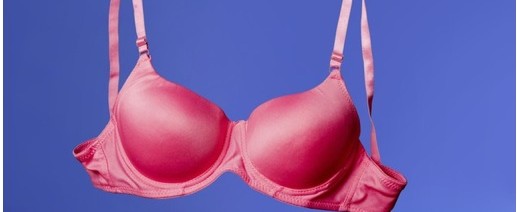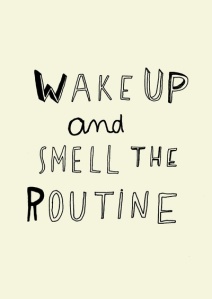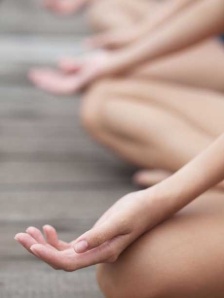Those who know me, and those of you who don’t will probably have guessed, I’m not a person who finds it easy to sit still.
Before I left London I had a pretty full on job, with a decent commute, a busy social life, I taught seven fitness classes a week and trained for a marathon. I left the country to try to chill-out, which relatively, I think I’ve achieved. Even so, I still have a decent social life, I exercise 5-6 times a week and I have a pretty full-on job, in PR.
For those of you who are not familiar with PR, it is a job that has no completion. Your to do list will never be done, many outcomes you desire are out of your control and it was recently voted one of the most stressful jobs in the world. http://www.dailymail.co.uk/femail/article-2256652/Want-easy-life-Dont-firefighter-PR-exec-enlist-military-reveals-new-ranking-stressful-jobs.html
I do urge some caution as this story was probably developed by people who work in PR. However, with this reputation it successfully attracts stress junkies like me, who may moan about being busy, but don’t know what to do if they’re not.
It is in this context I present myself to you as a patient in recovery. It’s probably obvious that I don’t like to sit still and left to my own devices and my mind will run riot. This is why, now I’m home, it’s important for me to set some sort of loose routine. Each day I have committed to do 3 things to help focus my mind, give my day some sort of purpose, and to help track my progress; Meditate, walk, and stretch / exercise.
Meditate
I talk about meditation a lot on here, but I’m not a person who finds it easy – and generally I will cry it off if I can. I know lots of people say ‘I physically can’t meditate’. This is essentially bollocks. I find it difficult, but I taught myself how to do it and the more you do it, the easier it becomes.
I first started mediating during my testing for the cancer gene: BRCA. Combined with being made redundant, looking for a new job, moving house and temporarily breaking up with the love of my life, I thought I might have a nervous breakdown. I swear meditation saved me from this and I emerged from this period stronger and more cantered than I think I’d ever been.
So now, it’s more about keeping me balanced. I have a lot of time to think, so softening that for a bit helps me keep focus. And by that I mean, not looking at my boobs and imagining loads of stuff is going wrong with them, or convincing myself that my nipple is still going to fall off, or that a sneeze = infection.
I am using these meditations from Oprah and Deepak at the moment – because for a short time they are free, but they are pretty good, and not too long!
Walk
As a self-confessed exercise junkie, I have been surprisingly OK with not going to the gym. Being perpetually tired and stuck in hospital helps. However, since I have been home I have committed to going for a walk each day. There’s a park round the corner and if I go first thing I can reward my return with a cup of coffee.
The commitment helps my day have some kind of purpose, and going just a little further every couple of days gives me the feeling of progress.
What’s more, early autumn in Sydney is my FAVOURITE time of the year. It’s sunny but not too hot and, touch wood, it doesn’t rain as much as it does in Jan and Feb.
Stretching / Exercise
I call this stretching / exercise as it’s really not exercise, but ‘exercises’ to help me get the strength and range of movement back in my arms.
My prophylactic, nipple sparing mastectomy with expanders involved the surgeon inserting the expanders underneath my pectoral or chest muscle, which protects the expanders, and in turn, will need to stretch as they expand, ready for the implants.
If you can imagine, the pain feels as though you have done 100,000 press ups, morning and night. This then means you use your arms less and so your range of movement invariably becomes a little more limited.
So doing the exercises each day is important. Again, it provides purpose, but they also stretch out my very bruised and tight Foobs and as the exercises become a little easier each day, I have another way of measuring my progress. The hospital gave me some exercises while I was there as well as a DVD called‘Strengthen Your Recovery: Pilates program following breast cancer surgery’. It’s really very good. And whilst I can’t wait to get back to the spin studio, it is a great resource for aiding my recovery.



